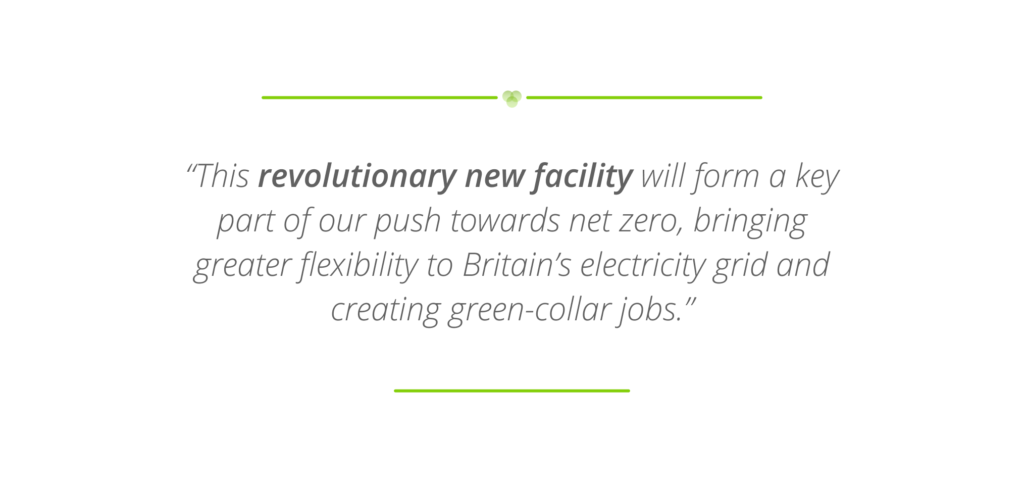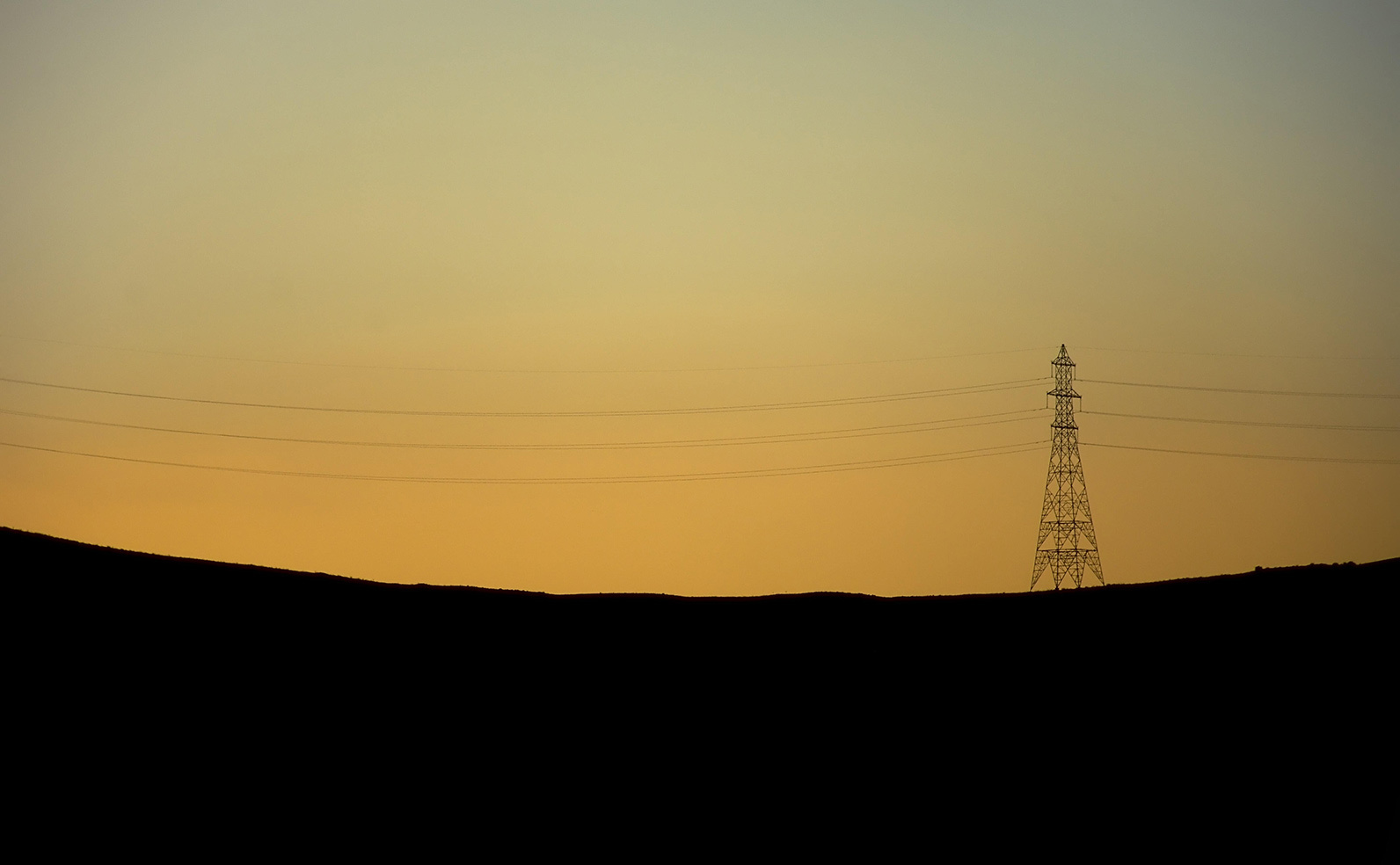Renewable storage arguably needs a ‘game-changing’ moment right now. With solar and wind projects seeing an upward trend globally, experts have started asking, ‘where and how will excess power be stored?’ For critics, this question has been a speculation about defeating the mighty duck curve.
To all, we say, how about liquid air renewable storage?
As you know, chemical battery storage has been around for a while. The dynamic renewables industry is now setting up the world’s largest liquid air battery storage plant as we speak. The Highview storage plant compresses air into a liquid, and uses it to store spare wind or solar power.
Consequently, when excess energy is needed, the air is decompressed. It is then released to rotate a turbine that returns power to the grid. A simple concept, one that will render enough clean energy to light up 200,000 homes for up to five hours.
Located close to Manchester, UK, this renewable storage plant costs $100 million, and is scheduled to be begin operations in 2022. Undeniably, it’s a step towards a cleaner, greener post-pandemic world. As the British Prime Minister voiced, it’s what ‘we owe our future generations.’
The development of liquid air storage, coupled with chemical storage, is exactly what UK needs to stay on track to achieve its ambitious net zero emissions target. According to the nation’s Energy & Clean Growth Minister:

Where Do We Stand on Renewables Storage?
Renewables-plus has seen massive growth in the past few years.
Currently, Tesla takes the crown for the world’s largest renewable storage system. A 100 MW/129 MWh lithium-ion installation at the Hornsdale Wind Farm, Australia. On the other hand, the Highview liquid air plant will have a storage capacity of 250MWh, double the amount of the Tesla storage system.
Off-grid regions around the world are also using smaller, but powerful, storage assets. For instance, in Hawaii, 130MWh worth of renewable storage equipment is operational.
Such a system works in two ways. One, it stores backup power. And second, it provides the much-needed stability to an independent grid that relies heavily on wind energy.
So, what does the International Renewable Energy Agency (IRENA) think? Renewable energy storage will increase by 40% in high demand, emerging markets every year through 2025.




